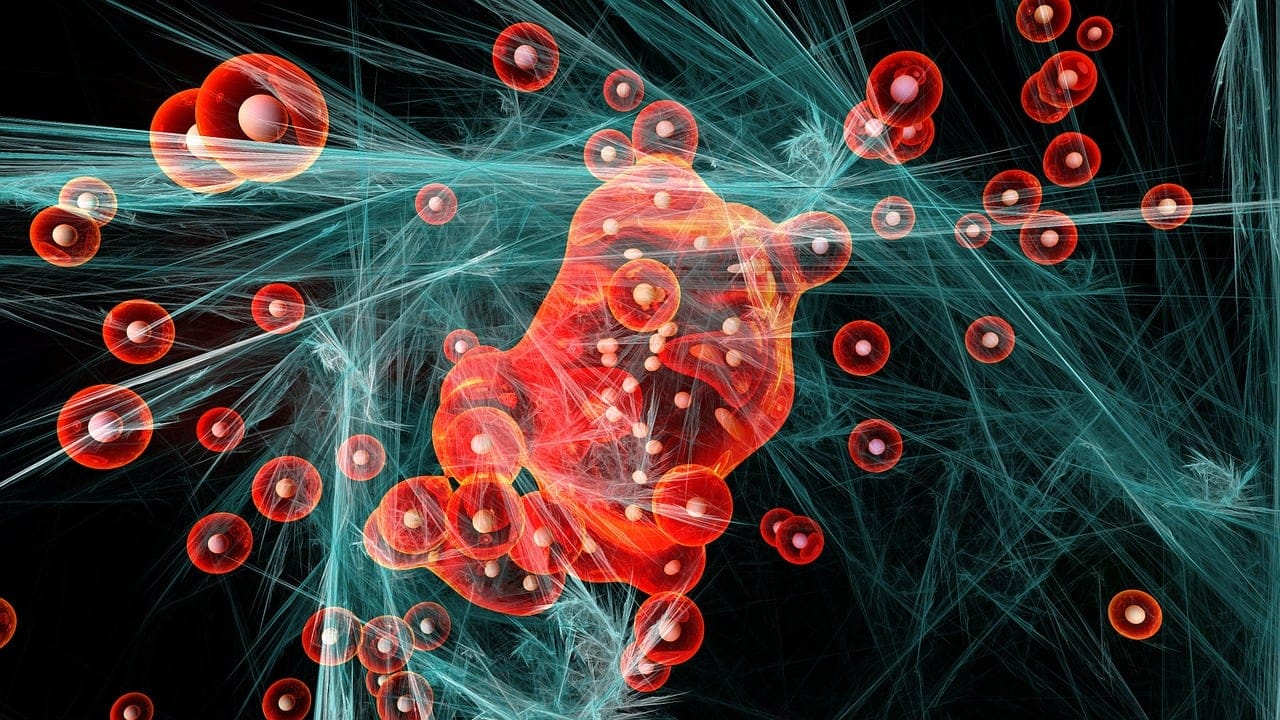
Signaling molecules allow cells to respond to external substances.
The process that allows one kind of signal to be transformed into a different one is called transduction . The concept is used in different ways depending on the context.
signal transduction
Signal transduction is the process that leads a cell to respond to substances from the outside through signaling molecules , which are found inside or on the surface of the cell itself. Among the molecules involved in signal transduction there are neurotransmitters and hormones that bind to certain proteins.
By passing from one molecule to another within the cell, the signals generate a response such as cell destruction or multiplication. It is important to note that signal transduction is key to normal cell function: when cells present abnormal signaling molecules, they can become cancerous .
sensory transduction
Sensory transduction is carried out when an external or internal sensory stimulus is converted into a different one. Generally the notion is linked to the transformation of a physical stimulus into an action potential. The stimulus, which can be physical, chemical or mechanical, is converted into an electrical signal that can be interpreted, processed and transmitted by the nervous system.
In multicellular organisms, specialized sensory receptors are responsible for sensory transduction. These receptors are found in different parts of the body, such as the skin, eyes, ears, tongue and nose, and are adapted to detect specific stimuli.
The sensory transduction process varies depending on the type of receptor and stimulus that is being detected. In the human eye, for example, photoreceptors in the retina called rods and cones are responsible for sensory transduction of light . When it hits the retina, the pigments present in the photoreceptors are activated, generating an electrical signal that is transmitted to the brain through the optic nerve.
In the ear, on the other hand, hair cells in the organ of Corti are responsible for sensory transduction of sound . When sound waves reach the inner ear, they cause the cilia of hair cells to bend, generating an electrical signal that is sent to the brain through the auditory nerve.
Bacterial transduction
The idea of bacterial transduction is the transfer of deoxyribonucleic acid ( DNA ) from a donor bacteria to a recipient via a bacteriophage virus as an intermediary. The latter infect bacteria and have the ability to insert their own genetic material into the bacterial genome during their replication cycle.
Bacterial transduction is one of the mechanisms by which horizontal gene transfer occurs between bacteria and has been an important tool in research and genetic manipulation in microbiology.
There are two main types of bacterial transduction:
- generalized : the bacteriophage infects the donor bacteria and incorporates fragments of the bacterial DNA into its own viral capsid during the assembly stage. When it infects a recipient bacteria , it can inject the donor DNA into the recipient cell, integrating it into its genome or maintaining it as an extrachromosomal genetic element called a plasmid;
- specialized : the bacteriophage incorporates fragments of the donor DNA close to a specific site in its viral genome. During infection of a recipient bacteria, this DNA is integrated into the bacterial genome in a process mediated by homologous recombination.

Bacterial transduction is the transfer of DNA from a donor bacteria to a recipient bacteria via a virus.
It is important to note that bacterial transduction does not occur naturally among all bacteria and is only possible when certain conditions are met. Furthermore, the efficiency of the process can vary depending on the type of bacteriophage and the genetic characteristics of the bacteria involved.
For literary criticism
Within the framework of literary criticism , transduction indicates the dynamic transmission of a work thanks to mechanisms such as parody, readaptation or intertextuality. The term was proposed by Czech Lubomír Doležel in a 1986 article.
